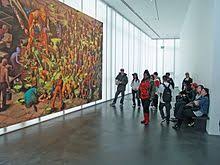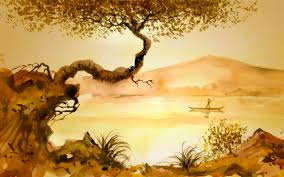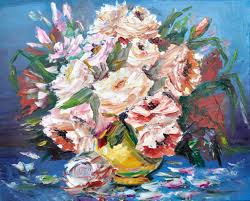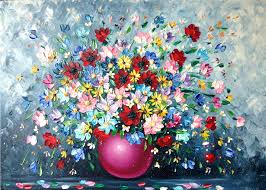nastya
RUSSIAN Vanguard. MAIN DIRECTIONS (part 3)
 Abstractionism (abstract art).
Abstractionism (abstract art).
The main theorists and practitioners were V. Kandinsky, P. Mondrian. Abstractionism rejected the image of forms of visually perceived reality, from isomorphism and focused solely on the expressive, associative, synesthetic properties of color, non-isomorphic abstract color forms and their innumerable combinations. The first abstract works were created in 1910 by Kandinsky. He set forth the aesthetic creed of abstract art in his book On the Spiritual in Art (1910) and in a number of other books and articles. Its essence boils down to the fact that the rejection of the image of external, visible forms of objects allows the artist to focus on solving exclusively pictorial problems of harmonizing color and form, through which the spiritual cosmos comes into contact with the recipient. Continue reading
RUSSIAN Vanguard. MAIN DIRECTIONS (part 2)
 Russian avant-garde of his goals and aspirations.
Russian avant-garde of his goals and aspirations.
Like the trends of modernism that preceded it, the avant-garde was aimed at a radical transformation of human consciousness by means of art, at an aesthetic revolution that would destroy the spiritual inertness of existing society, while its artistic and utopian strategies and tactics were much more decisive, anarchistly rebellious. Not satisfied with the creation of exquisite “foci” of beauty and mystery that oppose the low-lying materiality of life, the avant-garde introduced into its images the crude matter of life, “street poetics”, the chaotic rhythm of the modern city, nature endowed with powerful creative and destructive power, he repeatedly emphasized declaratively in In their works, the principle of “anti-art”, thereby rejecting not only the old, more traditional styles, but also the established concept of art as a whole. Continue reading
RUSSIAN Vanguard. MAIN DIRECTIONS (part 1)
 The concept of avant-garde. And its differences from modernism.
The concept of avant-garde. And its differences from modernism.
What is the difference between avant-garde and modernism? This issue is still controversial; There are several enduring traditions of understanding the differences between avant-garde and modernism. There is only one way out: use the version that seems the most intelligible and logical.
First, chronologically, modernism preceded the vanguard. Vanguard is a product of the revolutionary era of the early twentieth century, while modernism arose at the end of the nineteenth. Continue reading



